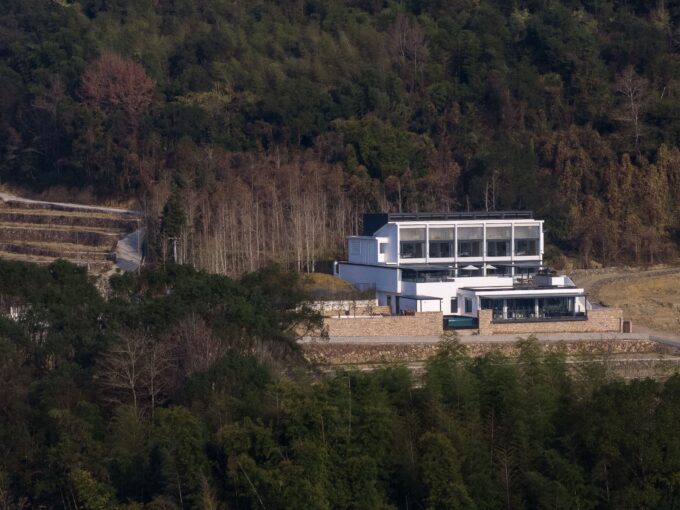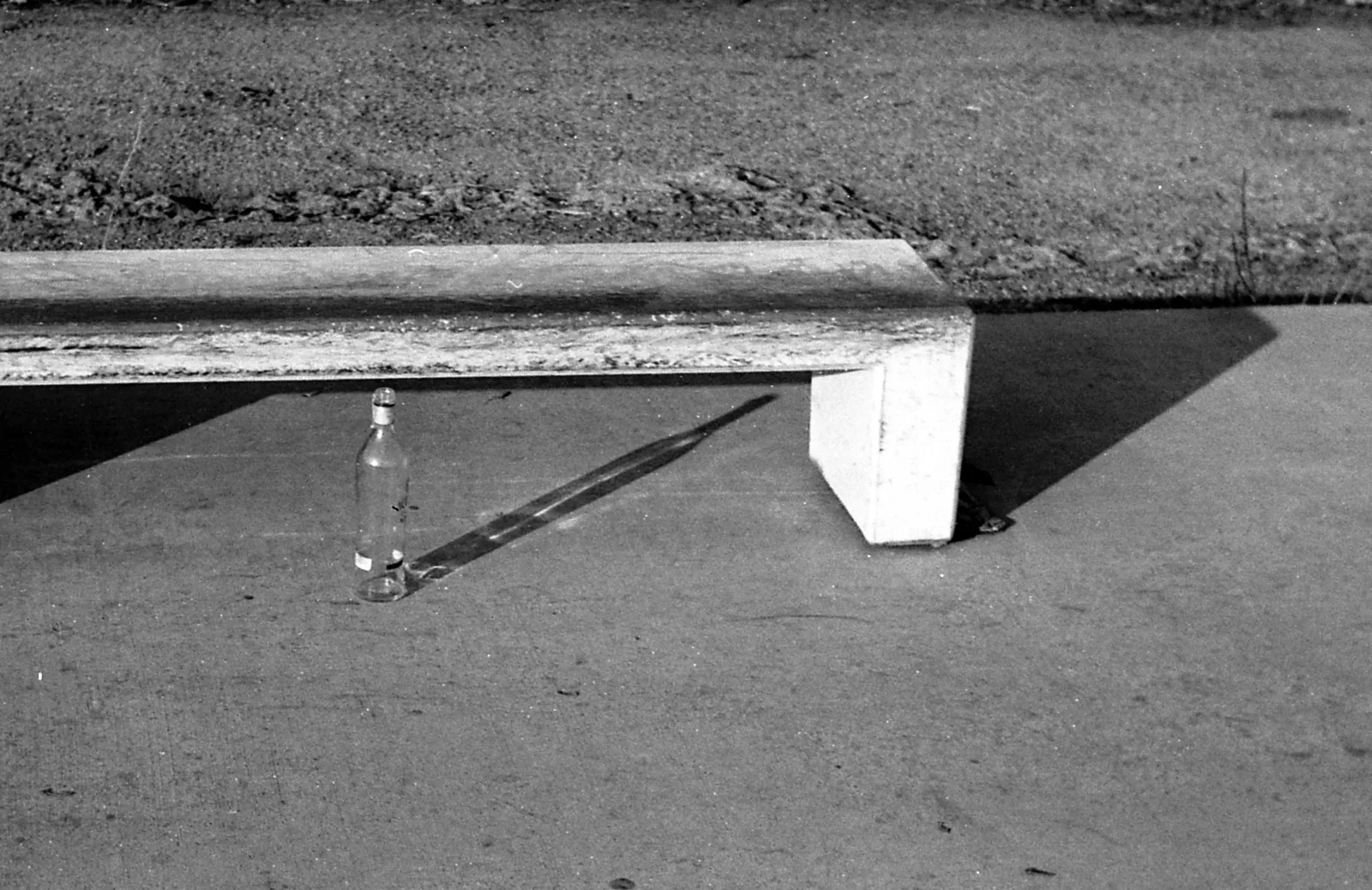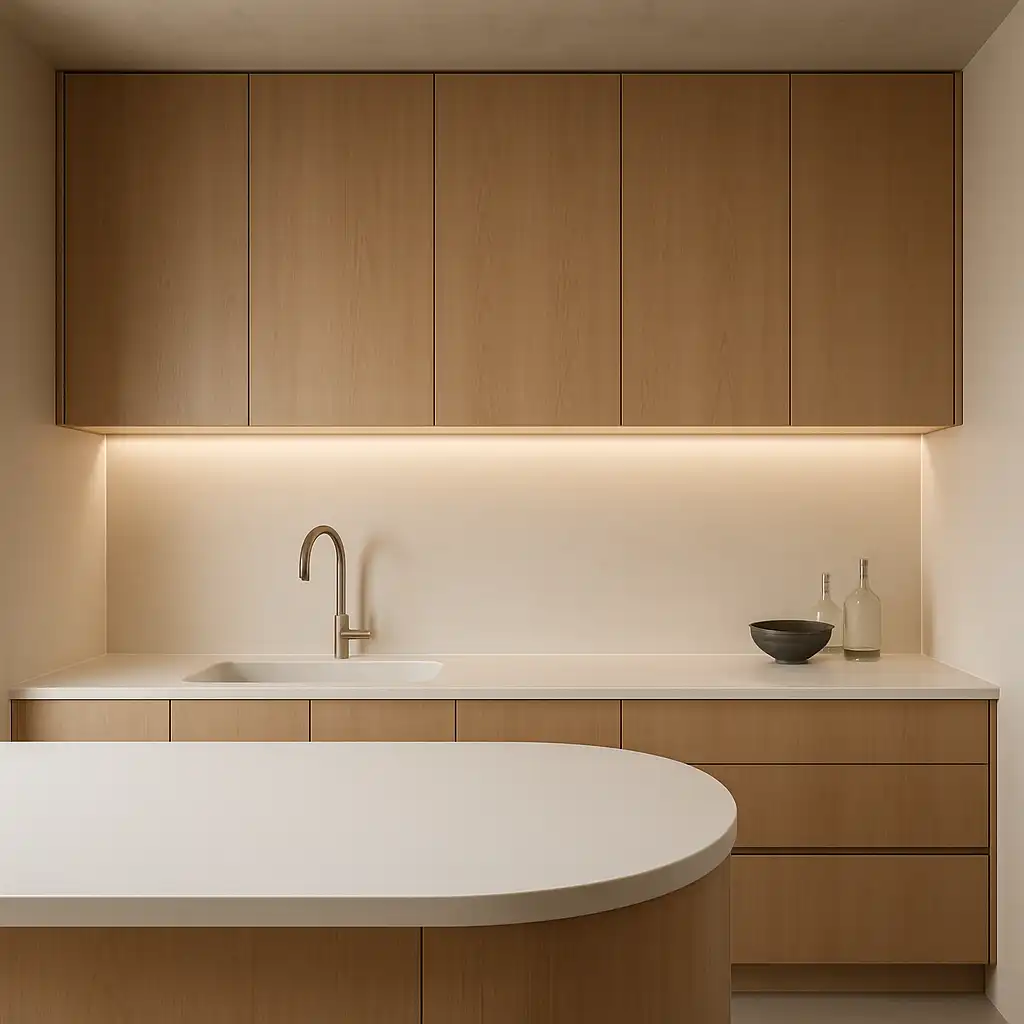- Home
- Articles
- Architectural Portfolio
- Architectral Presentation
- Inspirational Stories
- Architecture News
- Visualization
- BIM Industry
- Facade Design
- Parametric Design
- Career
- Landscape Architecture
- Construction
- Artificial Intelligence
- Sketching
- Design Softwares
- Diagrams
- Writing
- Architectural Tips
- Sustainability
- Courses
- Concept
- Technology
- History & Heritage
- Future of Architecture
- Guides & How-To
- Projects
- Interior Design
- Competitions
- Jobs
- Store
- Tools
- More
- Home
- Articles
- Architectural Portfolio
- Architectral Presentation
- Inspirational Stories
- Architecture News
- Visualization
- BIM Industry
- Facade Design
- Parametric Design
- Career
- Landscape Architecture
- Construction
- Artificial Intelligence
- Sketching
- Design Softwares
- Diagrams
- Writing
- Architectural Tips
- Sustainability
- Courses
- Concept
- Technology
- History & Heritage
- Future of Architecture
- Guides & How-To
- Projects
- Interior Design
- Competitions
- Jobs
- Store
- Tools
- More
Reliable Floating Solutions for Industrial and Marine Applications

In both industrial and marine contexts, the need for stability, buoyancy, and safety is paramount. Proper floating solutions are essential for a multitude of applications ranging from construction and debris management to environmental monitoring and aquatic transport. Reliable floating technologies are pivotal in ensuring operations run smoothly while minimizing the risk of accidents or equipment failure. With the right floating solution, industries can maintain the integrity of their systems, thereby boosting operational efficiency and safety.
Table of Contents
TogglePipe Floats
For specific industrial applications, pipe floats provide an essential solution for underwater piping systems. These reliable pipe floats support pipelines, maintaining their position and preventing them from sinking or becoming damaged. They are engineered to handle substantial weight while remaining buoyant, making them crucial in areas such as oil and gas exploration, water treatment, and mining activities.
The design of pipe floats varies widely, accommodating different pipeline sizes and configurations. Modern pipe floats are made from advanced materials that offer greater resistance to environmental stressors, increasing longevity and reliability. This adaptability ensures that industries can meet their specific floating needs without sacrificing safety or effectiveness.

Foam-Filled Buoys
Foam-filled buoys are among the most popular floating solutions due to their durability and reliability. Manufactured with high-density foam encapsulated in a robust outer layer, these buoys are resistant to punctures and harsh weather conditions. Their inherent buoyancy provides excellent support for various applications, including marking hazards and providing mooring points for boats.
These buoys are particularly favored in navigation, enforcement, and waterway management, ensuring they remain afloat even under pressure. Furthermore, foam-filled buoys are often used in offshore applications like oil drilling or marine construction. With a longer lifespan than traditional air-filled buoys, their cost-effectiveness and low maintenance requirements make them a preferred choice for many marine operations, especially those operating in extreme conditions.
Inflatable Floating Devices
Inflatable floating devices represent a versatile solution for marine needs, ranging from temporary applications to emergency scenarios. These devices can be quickly deployed, making them excellent for use in search and rescue operations or as flotation aids in hazardous water environments. The ease of transport and storage adds to their appeal, as they can be deflated and rolled into compact sizes when not in use.
Their adaptability allows these inflatable devices to serve various purposes, including serving as life rafts or securing cargo during transit. They are particularly effective in reducing risk when transporting goods across bodies of water, ensuring everything remains afloat and accessible. Ultimately, the flexible nature of inflatable devices makes them a reliable choice for many unpredictable marine conditions.
Floating Work Platforms
Floating work platforms have revolutionized the way industries approach tasks performed on water bodies. These platforms provide a stable and secure workspace for construction, repairs, or marine operations without the need for dry land. Engineered for various loads, floating work platforms come equipped with safety features, including rails and secure anchoring systems, which contribute to a safer work environment.
Often constructed from durable materials such as aluminum or high-strength plastic, these platforms can support substantial equipment and personnel. Their versatility allows for use in numerous sectors, including renewable energy projects, marine research, and aquaculture management, enhancing operational efficiencies in challenging aquatic environments.
Pontoon Boats
Pontoon boats are another indispensable solution for industrial and recreational applications. They use buoyant pontoons for increased stability and space, accommodating a larger capacity than traditional boats. Pontoon boats are designed for various uses, from leisure platforms to commercial floating terminals for transporting goods.

In industrial contexts, pontoon boats are favored for their unparalleled stability and ability to carry heavy loads over water. They can be equipped with specialized outfitting for tasks such as environmental monitoring, fishing, or search-and-rescue missions. Their modular design enables various configurations, ensuring that operators can reliably tailor them to meet different operational needs.
Marine Navigation Aids
Marine navigation aids, including buoys and markers, are essential for ensuring safe passage through challenging waters. These structures provide critical guidance to vessels, helping captains navigate obstacles and avoid collisions. Depending on the conditions, navigation aids can feature lights, sound signals, or reflective surfaces to enhance visibility. Their strategic placement reduces maritime risks and supports the overall efficiency of waterborne transportation.
Certain aids serve ecological functions beyond navigation by marking protected zones or restricted areas. These markers help prevent environmental damage by directing vessels away from sensitive habitats. Regular maintenance is necessary to ensure their accuracy and reliability in ever-changing marine conditions. By upholding these systems, maritime authorities promote both safety and environmental conservation of the water.
Achieving successful operations in industrial and marine settings relies significantly on the implementation of reliable floating solutions. Choosing the right technology not only optimizes performance but also ensures the safety of personnel and equipment. Understanding the unique advantages associated with different floating solutions enables industries to select options that best fit their operational goals and challenges. The advancements in floating technology continue to push boundaries, proving indispensable for both current and future marine endeavors.
illustrarch is your daily dose of architecture. Leading community designed for all lovers of illustration and #drawing.
Submit your architectural projects
Follow these steps for submission your project. Submission FormLatest Posts
How Breakers Help Maintain System Selectivity and Fault Coordination
Have you ever wondered how electrical systems continue running smoothly even when...
How to Install and Replace Gutters Correctly
Installing or replacing gutters may seem challenging, but many homeowners can manage...
How to Keep Your Gutters Running Smoothly
When it comes to home maintenance, gutters play an essential role. They...
Corian Solid Surface Countertops: A Material Study in Seamless Design and Form
In modern architectural practice, materials are more than structural decisions. They’re integral...












Leave a comment